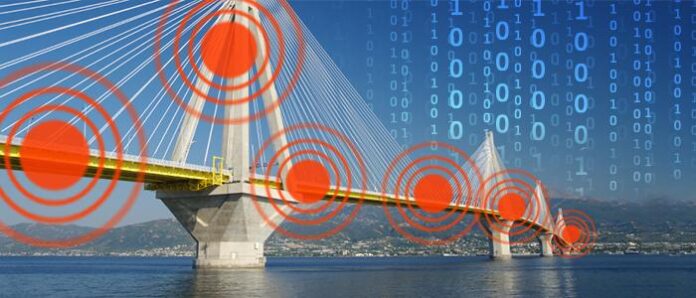Technology is often viewed as an extra set of costs in organizations – from new software programs to hardware devices, there are always budgeting and training concerns associated with any changes or updates.
The past few years have shown a changing trend in the world of technology. Businesses are starting to realize that instead of viewing technology as a cost or an investment, they should view it as an enabler affecting both the top and bottom lines. The role of IT leaders has shifted and become increasingly more influential within businesses, especially as the popularity of initiatives such as the “Internet of Things” grows. With the new strategic role of IT comes pressure to bring measured results and it’s driving the pursuit of valuable data. This proves to be the primary stimulus for initiatives like the IoT. In order for businesses to see these changes they need to properly implement their investments by putting the right telecom framework and network infrastructure in place.
It may be daunting for a business to try to manage a complex initiative like the IoT on its own, but teaming up with a telecom partner that can provide a holistic and centralized view of the process can eliminate inefficiencies and uncertainties. With the potential of the IoT to create an economic impact of $2.7 trillion to $6.2 trillion annually by 2025, only one question remains – why wouldn’t your business capitalize on it?
Consumer-driven technology
The business impacts of consumerization and its related technologies are drastic, opening up new market opportunities while creating key differentiators and increasing revenue in existing markets. Businesses can also appreciate improved operations with reduced input costs and enhanced business processes. Automation is a key driver of these successes, and it’s most effective when a problem is first identified and IoT automation is added to eliminate or reduce the associated costs.
Take Disney Parks, for example, which have been using “connected” wrist bands to give park visitors seamless access to rides and attractions. For the end users, or the visitors, they see the benefits of shorter wait times and ease of access to the park’s charms.
For the park, the benefits are even greater than those for the visitors. Now the park and its IT team has access to data that includes everything from where guests are staying, their purchases and activities, their path of movement through the park and more. Purchases can be monitored in real-time to provide updates on inventory of restaurants and shops within the park, and alert the appropriate personnel when items get low and need to be restocked.
The technology ecosystem
A recent study of 400 network professionals in the U.K. and U.S. (Infoblox commissioned survey) shows 78% of business respondents already have a burgeoning IoT and sensor-related infrastructure in place, through equipment including cash registers, vending machines and badge readers. The same study reported 73% of businesses already have security measures in place such as surveillance systems, making them a part of the IoT ecosystem.
Shockingly though, while enablers like networks and management systems are what make the IoT run, a reported 65% of the businesses in the study revealed they are using IoT “things,” such as those previously mentioned, on undedicated networks to support their initiatives.
In order to properly implement an IoT strategy, it’s imperative to have a specific form of infrastructure in place to support deployments. If a dedicated infrastructure is not in place it would be near impossible to manage all the required elements for successful deployment including security, endpoint inventory consolidation and management. It’s imperative to create an environment where hackers can’t breach through an IoT end-point.
When it comes to connecting the “interacting” devices, there are a few middleware options including Ethernet, cellular, satellite and Wi-Fi connections, which are typically delivered through an underlying service provider such as AT&T, Verizon Communications, T-Mobile US, Sprint, etc. Non-standard network providers can improve efficiencies by bundling multiple network’s data into a single, sharable pool for smaller data plans typically required by IoT endpoints.
For each company and each new IoT deployment, different factors will have to be considered to ensure it is successful. The most important part is to consider technology a business enabler, not just see it as an additional line item on a budget sheet. With the strategic role of the IT team continuing to increase, the IoT is just one example of initiatives that the department will drive. It’s time to embrace technology and the advantages it gives to businesses to see the benefits in the long term.
Editor’s Note: The RCR Wireless News Reality Check section is where C-level executives and advisory firms from across the mobile industry share unique insights and experiences.

